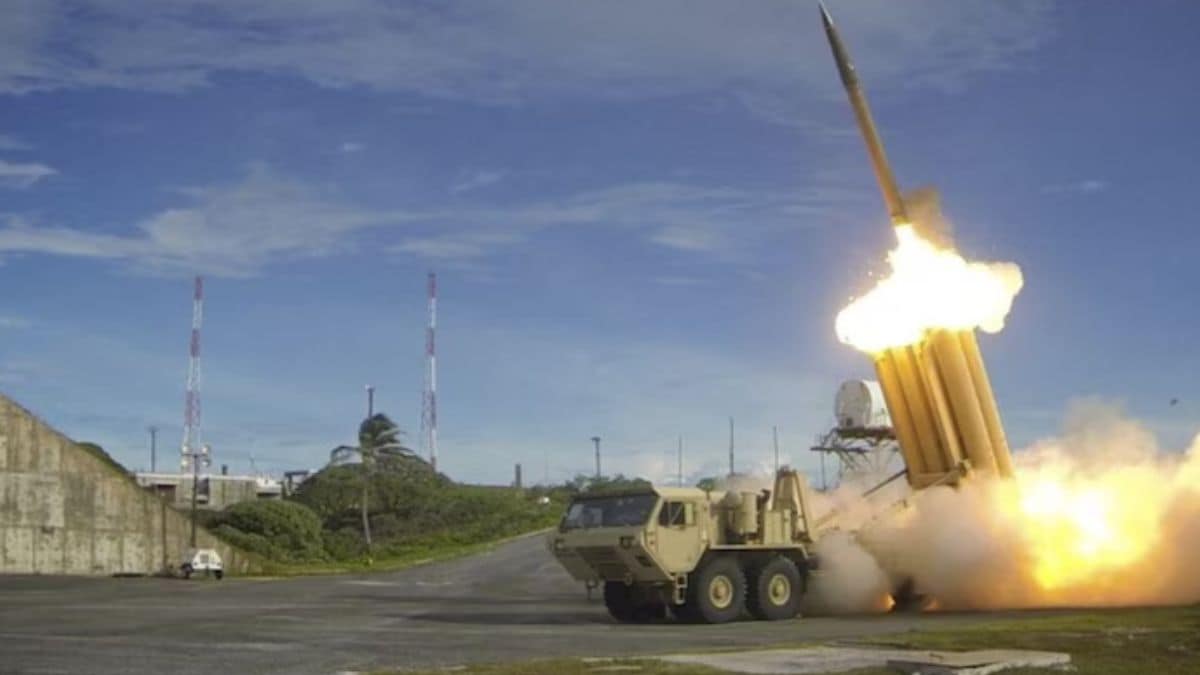Introduction
The Terminal High Altitude Area Defense (THAAD) system represents a critical advancement in missile defense technology. Israel is currently navigating complex multiple threats, and despite possessing one of the world’s most sophisticated air defense systems, it continues to face challenging airstrike situations. In response, the United States has deployed the advanced THAAD system in Israel to bolster its defense capabilities against incoming missile attacks. In this article, we will delve into the workings, components, and significance of the THAAD missile defense system.
What is THAAD?
The THAAD missile defense system is specifically designed to intercept and destroy short, medium, and intermediate-range ballistic missiles. Notably, THAAD is the only American system capable of detecting and neutralizing threats originating both inside and outside the earth’s atmosphere. This capability makes THAAD a unique asset in modern missile defense architectures.
Why THAAD in Israel?
Given the escalating tensions in the region, the deployment of the THAAD missile defense system in Israel signifies the unwavering support of the United States for its ally. The system’s exceptional proficiency in intercepting ballistic missile threats enhances Israel’s security framework, providing a robust means to safeguard against potential aerial assaults.
How Does the THAAD System Work?
The THAAD system is engineered to intercept and neutralize incoming ballistic missiles both within the atmosphere and in the exo-atmospheric phase. Unlike traditional missile systems that rely on explosive warheads, THAAD utilizes kinetic energy to obliterate enemy missiles. This principle means that the system effectively collides with the incoming missile with brute force, making it a highly effective method of interception.
Components of the THAAD System
The THAAD missile defense system comprises four key components, each integral to its operational capabilities:
| Component | Description |
|---|---|
| Interceptor | Designed to destroy enemy missiles using kinetic energy, ensuring high precision in intercepting threats. |
| Launch Vehicle | A mobile truck that carries the interceptors, providing flexibility and rapid response in deploying the system. |
| Radar | Advanced tracking technology that monitors threats from distances ranging between 870 and 3,000 kilometers. |
| Fire Control System | This system coordinates between interceptors and incoming enemy missiles to ensure effective interception. |
THAAD Battery Configuration
A typical THAAD battery consists of six truck-mounted launchers, each equipped with eight interceptors. This setup enables multiple simultaneous intercepts and enhances the system’s operational capacity. Additionally, the battery includes radar systems and communication equipment, ensuring efficient functionality and coordination during operations.
Conclusion
The THAAD missile defense system is a vital component in modern military defense strategy, especially for nations like Israel facing multi-faceted threats. With its advanced technology and unique interception capabilities, THAAD not only enhances a nation’s defense posture but also serves as a symbol of strategic alliances in troubled regions. Understanding the significance and operation of systems like THAAD is essential for grasping the complexities of contemporary geopolitical dynamics.












